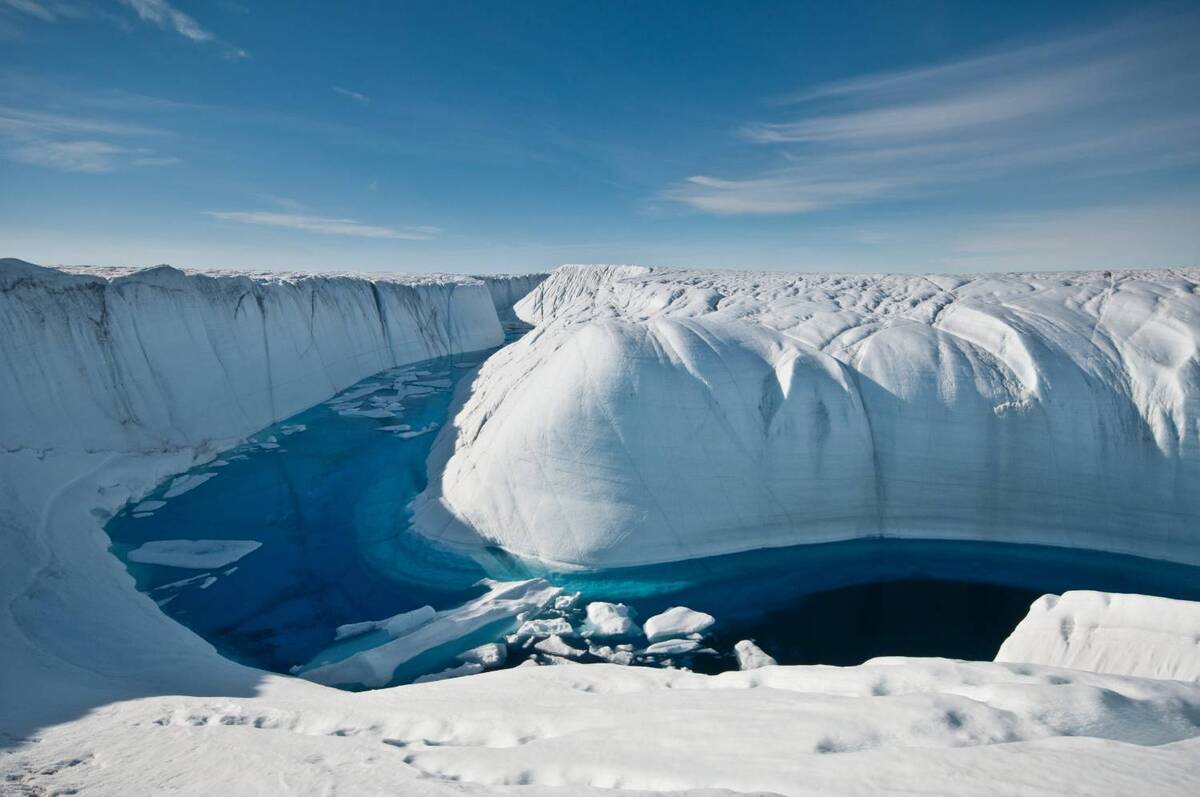Scientists' New Finding Challenges Current Ice Sheet Modelling

As the Greenland ice sheet is the largest single contributor to global sea-level rise, this new discovery challenges the reliability of regional climate models currently used to predict global sea-level change.
"The meltwater runoff modeled from regional climate models may contain systematic errors," said Ran Jiangjun, a researcher from the Southern University of Science and Technology and leader of the international research team.
The team, comprising scientists from China, the Netherlands, the United States, Denmark, Belgium and other countries, published their findings on Thursday (Beijing Time) in the prestigious journal Nature.
The Greenland ice sheet is currently the biggest single source of sea-level rise driven by mass loss, largely due to Arctic amplification in an increasingly warming world. Scientists estimate that if the Greenland ice sheet were to melt completely, it would result in an approximate seven-meter rise in global average sea level.
Despite decades of research by scientists globally on the mechanisms behind the melting of the Greenland ice sheet, the critical scientific question of how meltwater evolves inside the ice sheet remains unresolved.
Using remote sensing satellites and ground-based meteorological observations, researchers have been able to study changes in surface meltwater. However, monitoring water hidden inside and beneath the ice sheet at high temporal and spatial resolutions has remained challenging, Ran explained.
The international team took six years to tackle this issue. It was the first to utilize the Global Navigation Satellite System (GNSS) to reveal the evolution of meltwater within and beneath the ice sheet.
According to the study, meltwater may be temporarily stored in surface lakes, inside firn or in englacial cavities, at the ice-bedrock interface, or as groundwater en route to the ocean.
By analyzing bedrock elastic deformation measured by GNSS, scientists found the buffered meltwater causes a subsidence of the bedrock close to GNSS stations of, at the most, approximately 5 mm during the melt season.
"If we continue to use models with a 20 percent error margin for predictions over the next 100 years, it may significantly undermine the reliability of those forecasts and affect decision-making," said Ran. "Additionally, this discovery of change in bedrock has important implications for maintaining the millimeter-level global vertical reference system."
The ongoing rise in sea levels causes significant social and economic challenges for coastal regions worldwide. Scientists believe this research not only sheds light on the dynamics of the Greenland ice sheet but also underscores the urgent need for more accurate climate models to inform global climate policy and public awareness efforts.
4155/v





















